Early-Stage Melanoma: Recognising The Silent Invader
How to Recognise The Early-Stages of Melanoma.
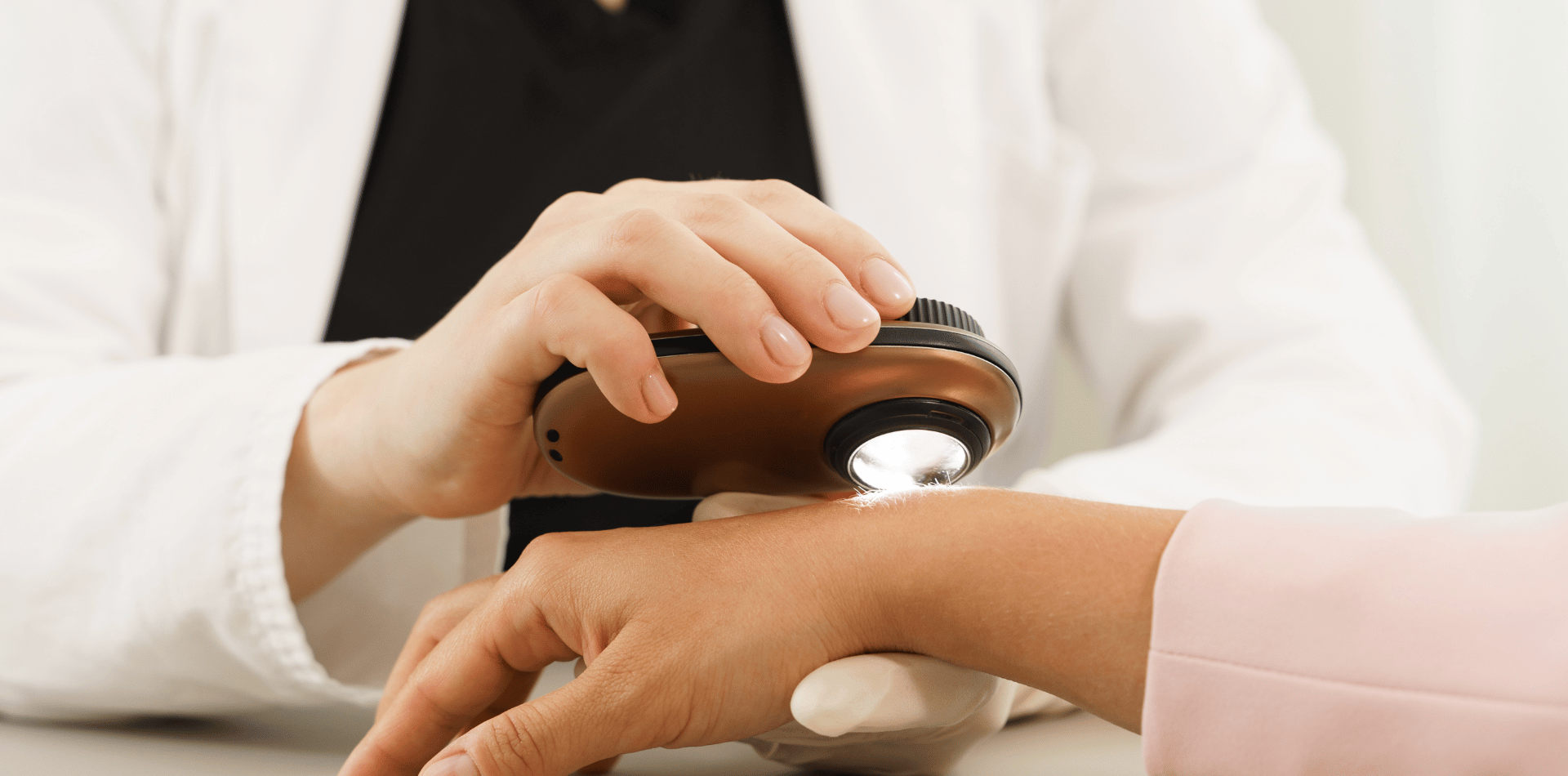
Melanoma, one of the most aggressive forms of skin cancer, often starts as an inconspicuous mole but can be treated successfully when identified at an early stage.
The relevance of early detection cannot be overstressed, as it significantly elevates the chances of a full recovery.
Recent statistics unveil a promising increase in survival rates when melanoma is detected and treated in its infancy.
Understanding Melanoma
A. Definition and Causes
Melanoma originates from melanocytes, the skin cells responsible for pigmentation, and its onset can be triggered by various factors ranging from genetic predisposition to environmental exposures.
The intertwining role of genetics and environmental factors paves the path for melanoma development.
Delving into these causes sheds light on the imperative of both protective measures and regular skin examinations.
B. Stages of Melanoma
Melanoma progression is categorised into several stages, with the early stage being the least invasive but potentially advancing to more severe stages if left unnoticed or untreated.
The transition from a benign mole to a malignant melanoma lesion follows a path that, if intercepted early, can halt the progression and pave the way for effective treatment.
Identification of Early-Stage Melanoma
A. Signs and Symptoms
Early-stage melanoma often manifests as a change in an existing mole or the development of a new peculiar-looking mole, adhering to the ABCDE rule - Asymmetry, Border, Colour, Diameter, and Evolution.
These indicators serve as the initial alarm bells ringing towards the necessity of a professional examination.
The unpredictability of melanoma's appearance underscores the importance of a keen eye and awareness of one’s skin landscape.
B. Comparing Benign Moles to Melanoma
Understanding the difference between a benign mole and melanoma is crucial for early detection, where benign moles usually have uniform colour and regular borders, unlike melanoma.
The contrasts between the two often lie in the details, and a comparative analysis can be an enlightening revelation of the sinister change unfolding on the skin’s surface.
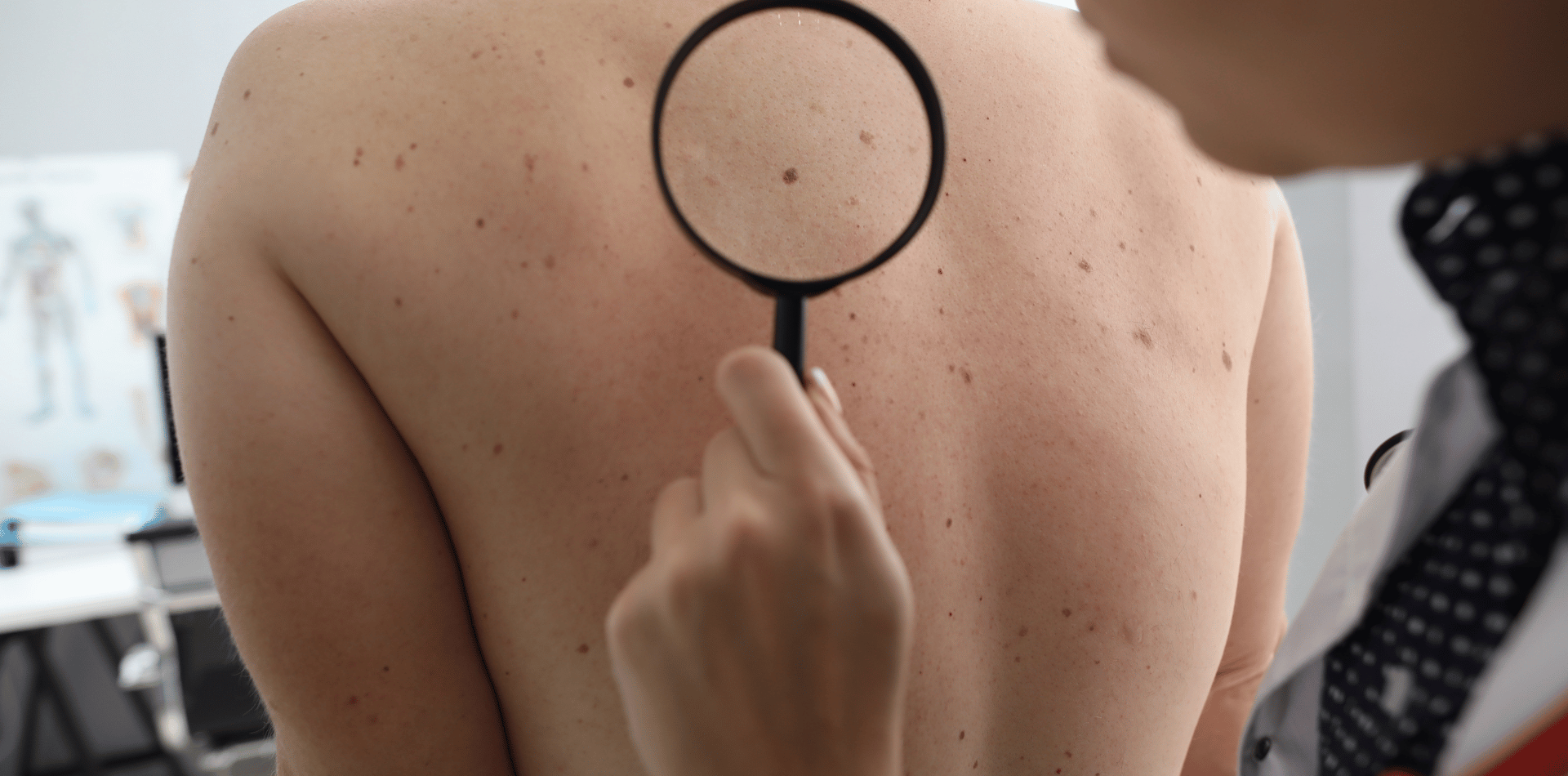
Diagnostic Procedures
Skin Examination
A thorough skin examination by a dermatologist employing tools like a dermatoscope can play a pivotal role in identifying suspicious lesions indicative of early-stage melanoma.
Biopsy
A biopsy, where a small piece of the suspicious lesion is removed for microscopic examination, remains the gold standard for melanoma diagnosis.
Treatment Options for Early-Stage Melanoma
Surgical Excision
Surgical excision of the melanoma lesion along with a margin of normal skin is the primary treatment modality for early-stage melanoma.
Sentinel Lymph Node Biopsy (SLNB)
In cases where melanoma is suspected to have spread to nearby lymph nodes, a sentinel lymph node biopsy may be conducted to determine the extent of the spread.
Adjuvant Therapy
Adjuvant therapy, including immunotherapy or targeted therapy, may be recommended to eliminate any remaining cancer cells and prevent recurrence.
Prevention and Regular Screening
Sun Protection and Regular Skin Checks
Incorporating protective measures such as using broad-spectrum sunscreen and undergoing regular skin checks can significantly reduce the risk of melanoma and aid in early detection.
Genetic Counseling and Testing
For people with a family history of melanoma, genetic counseling and testing can provide valuable insights into their risk and guide personalized surveillance strategies.
Living with the Diagnosis
Emotional and Psychological Impact
Even at an early stage, receiving a melanoma diagnosis can evoke a range of emotions, necessitating a supportive network and possibly professional counseling to navigate the journey.
Community Support and Resources
Engaging with melanoma survivor groups and utilizing available resources can provide invaluable support and knowledge, making the journey more manageable.
More Skin Tips.
CoreBodi
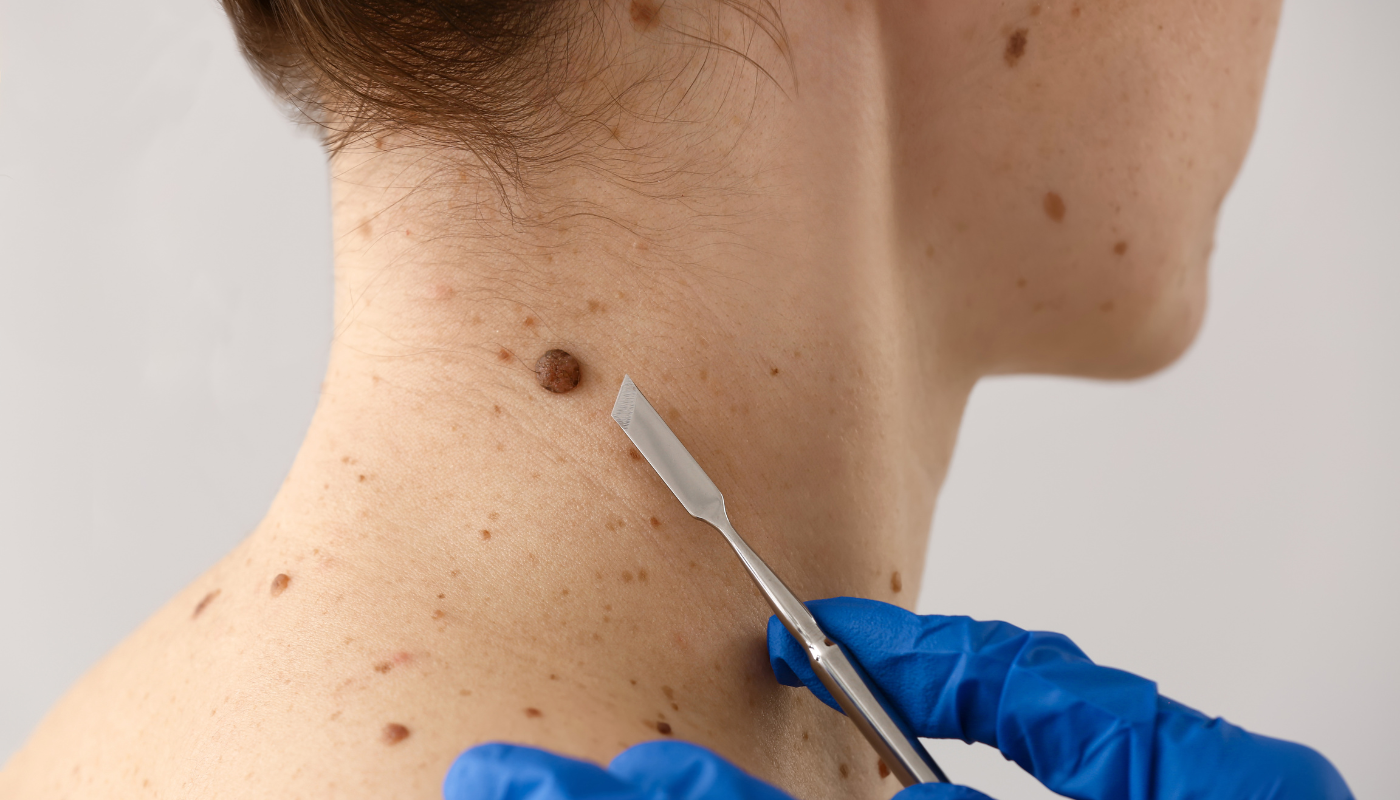


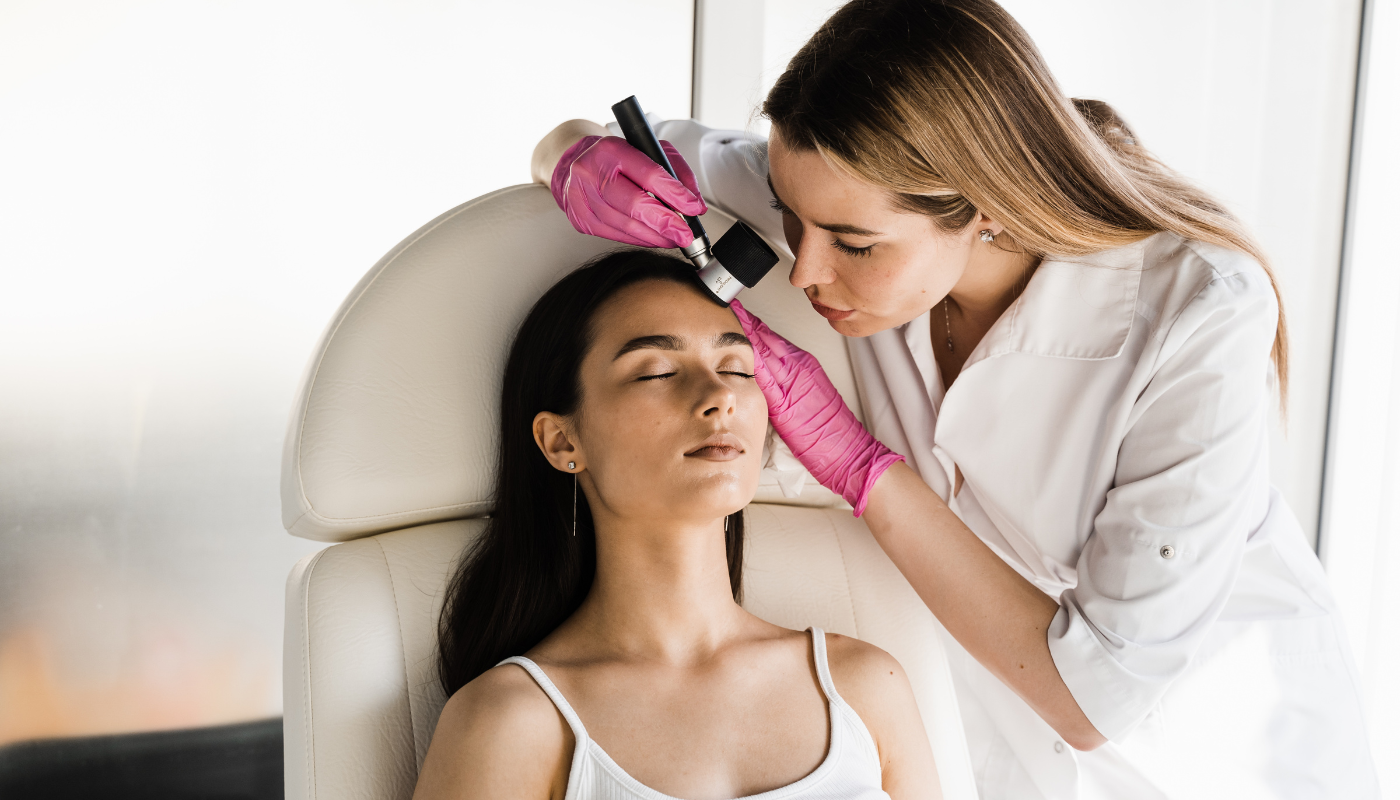
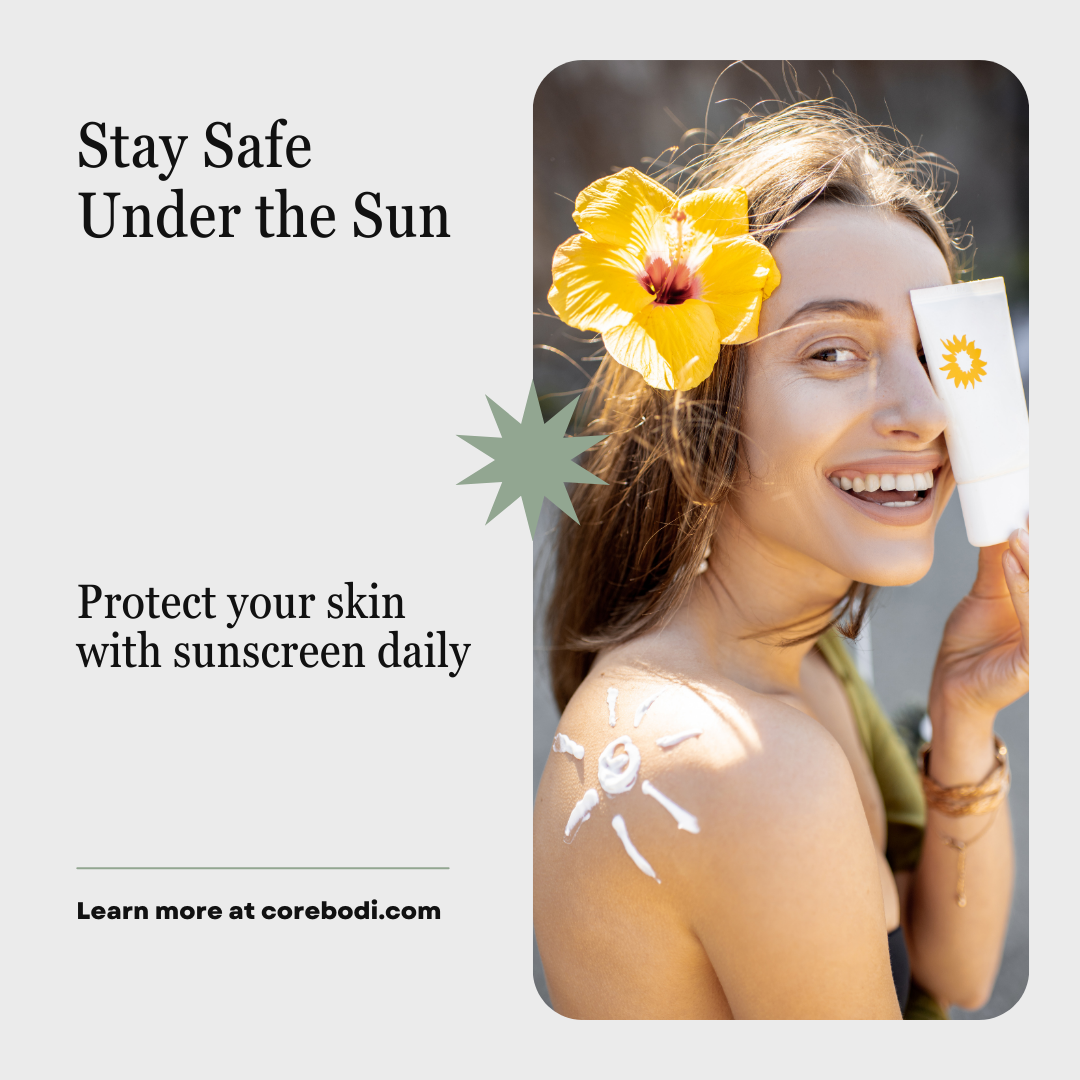

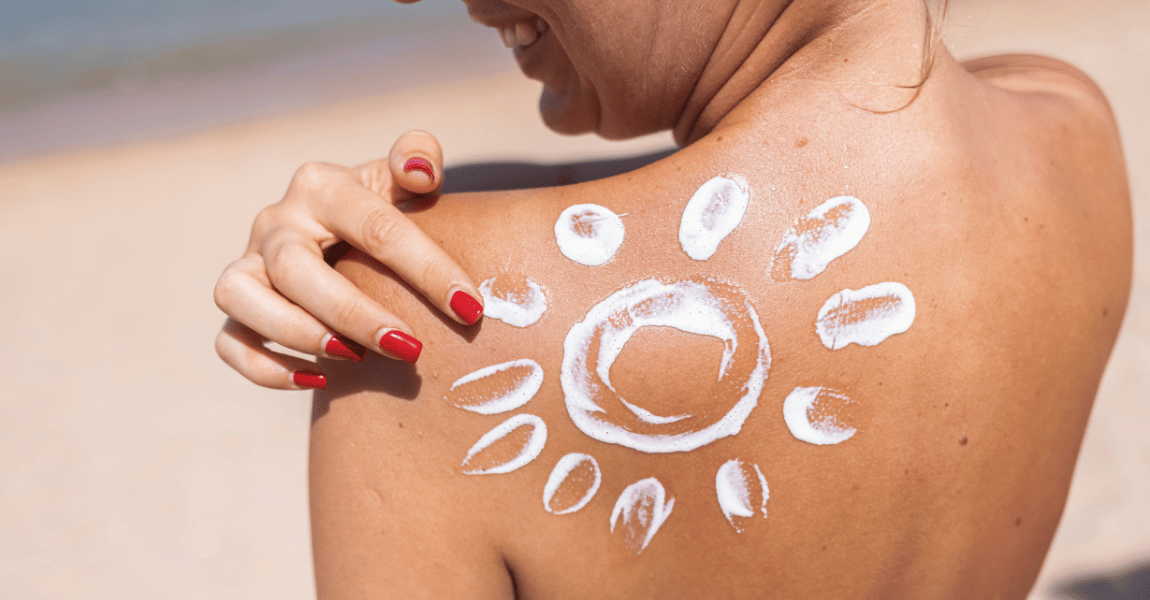



| Powered by Kaptol Media



